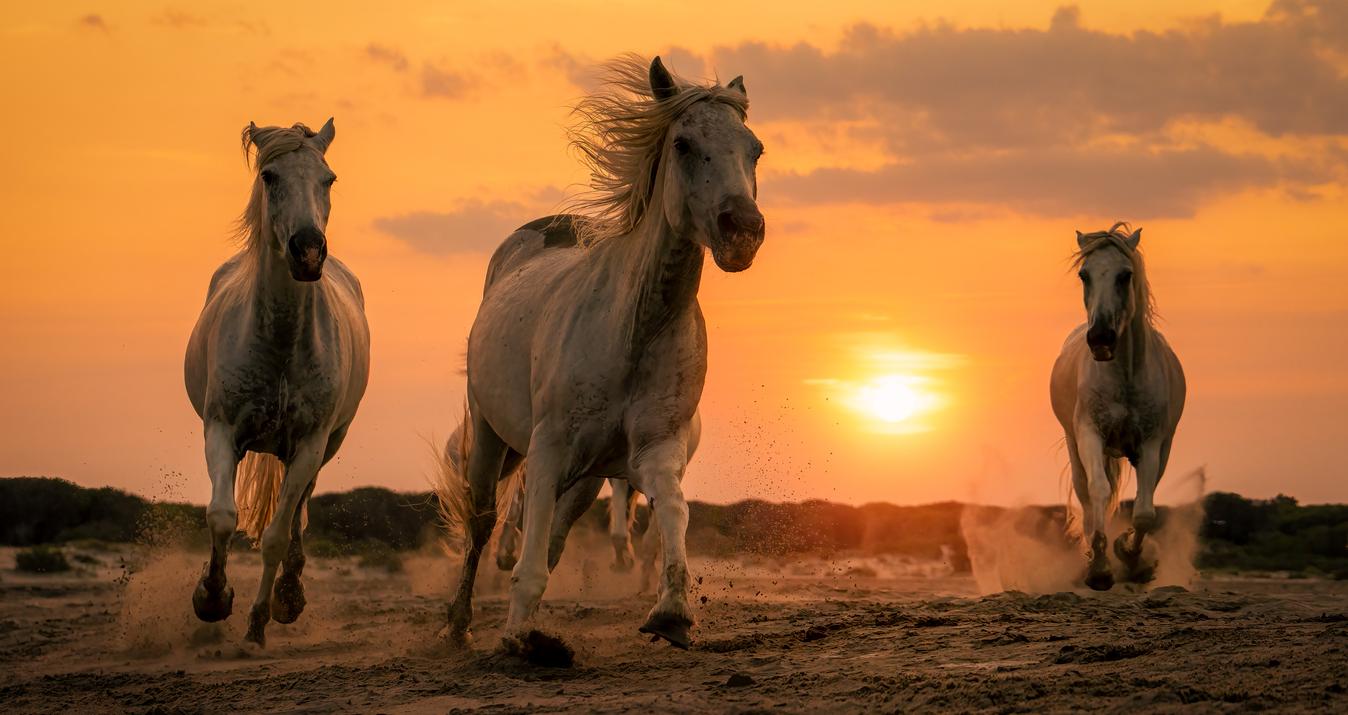10 Tips for Using Close-Up Photography in Your Macro Shots
June 27, 2017

Close up photography brings the viewers into your macro images for an incredible experience. Here are 10 tips to enhance your art form.
Macro shots bring the viewers into your photos for an incredible and intimate form of photography. They magnify life’s details — like insects, flowers, and fruits — and allow us to see through the lens what we would not otherwise see with the naked eye.

Here are 10 tips for capturing those stunning close-up shots, rich with patterns, textures and beauty.
1. The Third Hand
One of the accessories of macro photography is a “third hand” or “helping hand” device. It’s essentially a clamp that helps you position your subjects (like insects or flowers) precisely where you want them.
2. Depth of Field
Explore your aperture to get creative with your depth of field and evoke different emotions from your viewers. Select small apertures like f/16 for sharpness. Go for a full aperture like f/2.8 if you wish to give an artistic blur to a blade of grass of the wing of a bird.
3. Prevent Camera Shake
Details are crucial in your macro shots and you want to make sure they come out crisp and clear. To prevent camera shake try using a cable release, self-timer, or electronic remote release. Or, if you’re outdoors snapping shots of leaves go natural, and prevent camera shake by finding a good relaxing tree to brace yourself.
4. Extension Tubes
Extension tubes are placed in between the rear mount of your lens and your camera body. What they do is make the lens closer (which, in turn, leads to a bigger image of a small subject).

5. The Macro Lens
Macro lens focal lengths range from 50mm to 200mm. A 50-60mm lens is often used for general macro shots — whereas a 100mm lens will give you a greater distance between your subject and lens. The 150-200mm lens will give you the power to take shots of those beautiful subjects in flight.
6. Finding Your Subject
Finding and focusing in on your subject is one of the great joys of macro photography. Consider things like colors, textures, and details. See how your composition changes the closer you get. The wings of a monarch butterfly are intricate when you see them from a few feet away — as you get closer, you enter another world entirely.
7. What’s Inside
An invigorating reminder for macro photography is to think of what’s inside. Opening the tropical passionfruit, for example, yields a juicy and wildly colored interior filled with seeds. How does a photograph of that, differ from a close-up photograph of its firm, dark purple exterior?
8. Round-The-Lens Reflectors
These sort of reflectors fit around most lenses and reduce shadows by bouncing ambient light right into your subject.
9. Continuous Shooting
Continuous shooting in close-up photography offers a unique form of experimentation. What happens when the bee starts to fly or seemingly minuscule breeze blows a leaf ever-so-slightly? These little details can make a big difference in your macro shots, and using continuous shooting offers the chance to capture them in your own way.
10. Fine-Tune with Edits
When you’ve snapped all your shots and are ready for post-processing — there are a number of ways to fine-tune those macro shots. Explore tools like Clarity Filter in Luminar, which will bring out the details and textures of your photos and make them pop. Or Photo Details Enhancer, to give you control over small, medium and large details in your images.

Close-up photography magnifies the details of the world that surrounds us. Patterns and textures abound in nature and everyday life — and with a creative eye and a few tips, you’ll be a macro pro in no time.
From all of us at Skylum, happy image-making!





